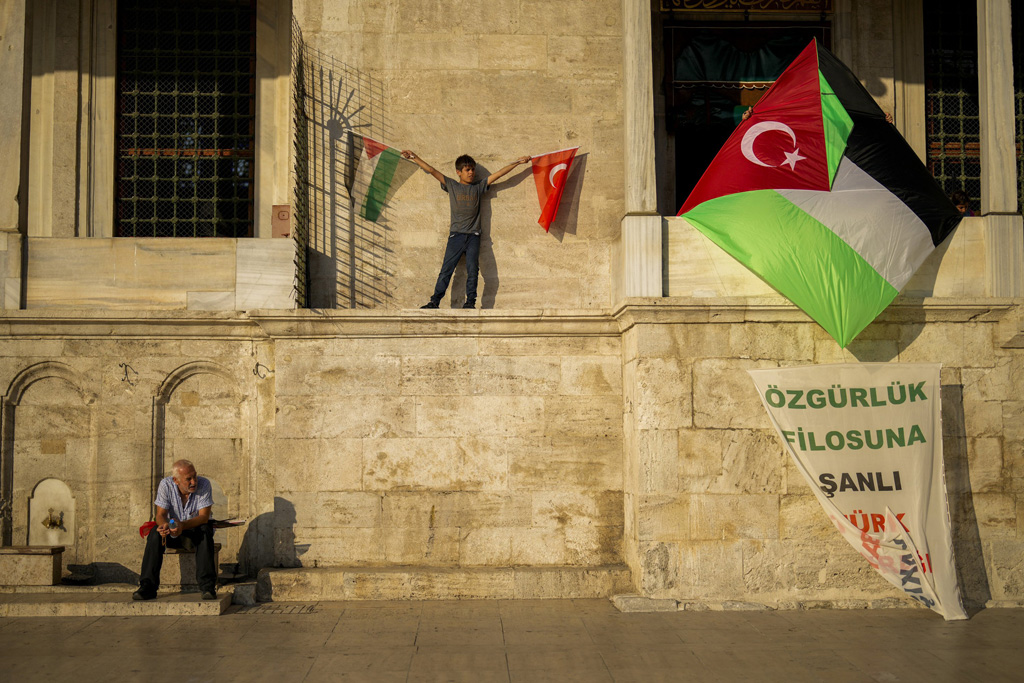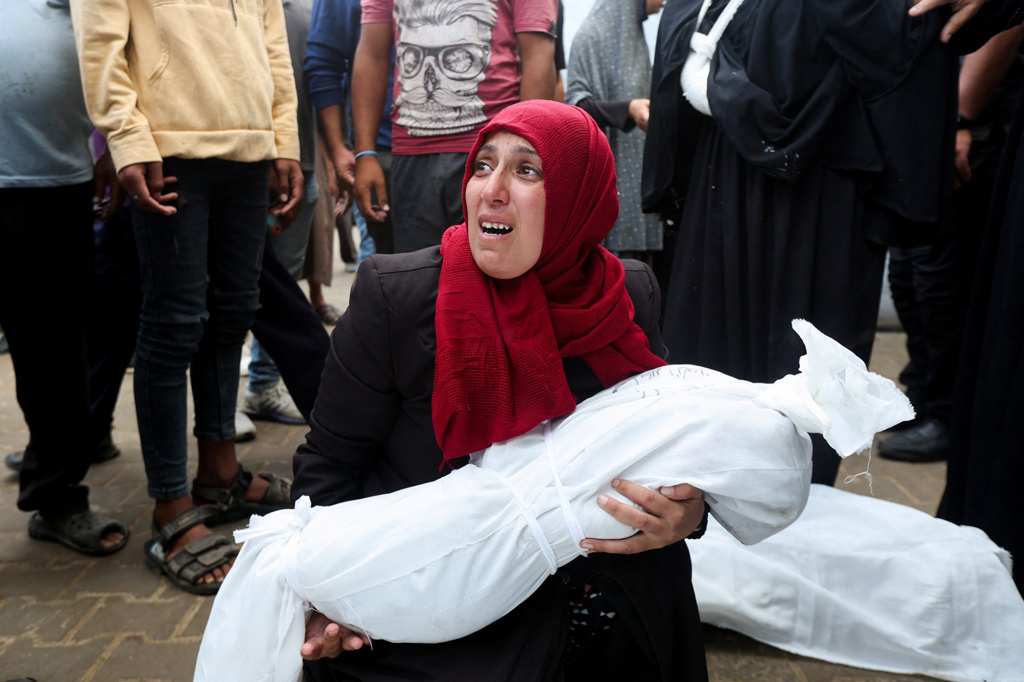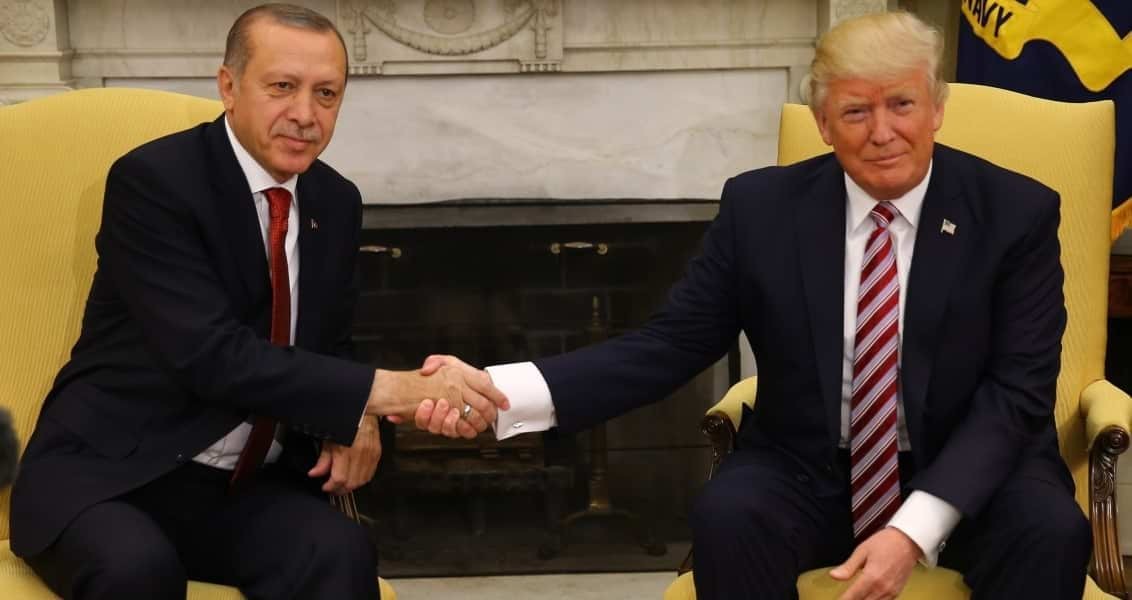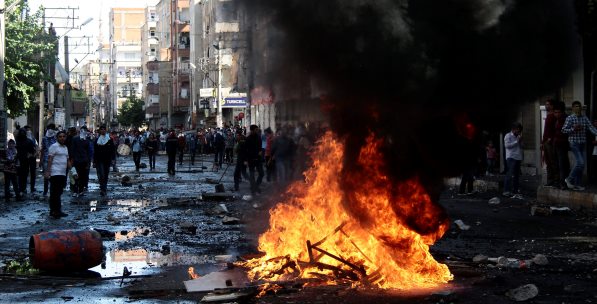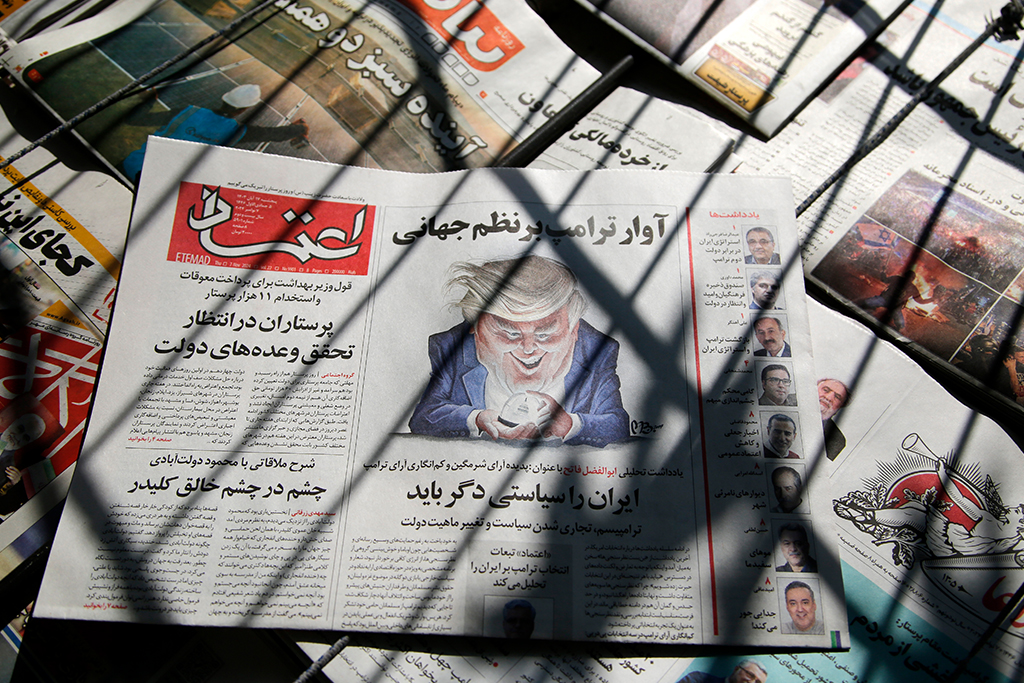The Islamic State of Iraq and al-Sham (ISIS) attacks on Kobani last week and the developments in its aftermath demonstrated the repetition of the two significant mistakes that took place during the first Kobani crisis in last fall. The attacks came after the capture of Tal Abyad from ISIS by the Democratic Union Party's (PYD) armed People's Protection Units) that left 145 dead and many more wounded, according to the first reports from the region. According to these early reports, ISIS militants entered Kobani by passing through Jarablus and were wearing uniforms resembling those of the YPG. The attacks and reactions to it showed the repetition of two problems that took place last year.
First of all, the ISIS attacks demonstrated that the strategy to defeat ISIS that was put forward by the international coalition is not working effectively against an organization that is very flexible and adaptable to changing circumstances. Through these attacks, ISIS demonstrated that it is not only an army to be defeated with the airstrikes of the international coalition and frontal ground war by some local elements. ISIS, from the very beginning, demonstrated the joint characteristics of a terrorist organization, an insurgency and a military at the same time, therefore the strategy that was developed to defeat this organization necessitates a comprehensive strategy that includes defeating an army, an insurgency and a terrorist organization and eliminating the circumstances that led to the rise of an organization such as ISIS. However, so far, such a strategy has not been adopted and a year after the coalition's attacks against ISIS began, not a lot of people are talking about the total destruction of the organization. Moreover, recent ISIS attacks in Ramadi and Palmyra show we may see even the frontal wars of ISIS after months of aerial bombing of the group.In the last few days, while the YPG's capture of Tal Abyad was considered a major victory against ISIS, ISIS demonstrated that the retreat was a tactical one and changed its strategy of fighting in this part of Syria. Instead of invading and occupying cities and towns and controlling territories, ISIS went back to its default setting and started terrorizing people with indiscriminate attacks against civilians in PYD-controlled territories. Of course it is also worth mentioning that the PYD's alleged forced displacement of Turkmens and Arabs from the regions it captured paves the way for a more difficult situation in terms of ethnic relations and the fight against ISIS. If the reports are accurate, this situation provides fertile ground for recruitment by organizations like ISIS.
In fact, after these attacks in Kobani, it should be understood once more that with the current strategy, ISIS is basically adapting to the situation and preparing to shift to more conventional terror attacks in the region. Hoping that the PYD deals with ISIS in the region does not seem to be realistic and, furthermore, could generate more destabilizing ethnic tensions in the region. A second mistake after the attacks took place as a result of statements from some Kurdish leaders. Following the attacks, some groups, most prominently Figen Yüksekdağ, the co-chair of the HDP, which recently won 13 percent of the vote for its message of peace, justice and equality for all citizens of Turkey, claimed that ISIS members passed over the Turkish border to attack Kobani. This kind of statement by Selahattin Demirtaş, the other HDP co-chair, led to the bloody events in October last year. Dozens of people died as a result of clashes between different groups and looting and killings took place in the streets of major cities. Although it was proved that the attackers did not come from Turkey, HDP members still have not apologized or changed their statements. Such accusations without much basis or evidence last time generated a lot of tension in the region and negatively affected the reconciliation process in Turkey. The political elites of the region need to be more responsible with their statemen


